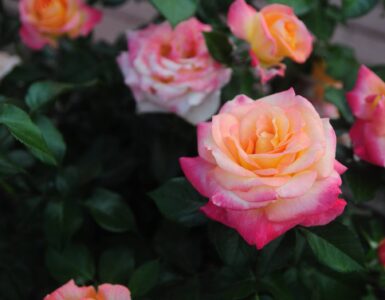You put a lot of work into getting your yard planted and looking great, but now the weeds are starting to take over. If you identify the weeds in your yard, then you can know how to fight them better.
USU Horticulturist Jerry Goodspeed shares this seven most hated weeds and how to kill them.
1. Field bindweed (morning glory): Found in every state, and probably the most popular weed mentioned in disgust in Utah. Not easy to control and there is no magic pixie dust to eliminate it in one shot. Must be diligent at working to control this invasive weed. Pulling, spraying with a broadleaf weed killer and non-selective herbicide. Using competitive ornamental plants to shade out and reduce vigor. Swear a lot…
2. Puncture vine (goats head): Not a very competitive plant. loves open ground and dry, hot sunny locations. Best control is simply to plant other ornamental plants to out compete it. It is an annual and will die out in the winter. Can dig and remove. Have a sharp seed that will make you swear when grabbed.
3. Oxalis (Shamrock): Simply a nasty weed with seed pods that shoot you in the eye when you grab them. Looks like a true clover but is not. Can spread quite quickly. Use a pre-emergent to help reduce germination and spray with a broadleaf or non-selective herbicide.
4. Dandelion: Either hand dig or spray with a broad leaf weed killer in the fall (best time) or the spring before it heats up. Normally flower and seed in the spring.
5. Spurge: an annual weed in lawns that will die out in the winter. Have a white milky substance when the stem is cut. Keep the lawns healthy and mow a little taller (3 inches). Can also apply a pre-emergent herbicide in the spring and summer.
6. Crabgrass: Annual weed mostly a problem in the lawn. Is typically a problem when people overwater their lawns. Have shallow roots, so water the lawn deeply and infrequent. Can also use a pre-emergent in the spring and summer.
7. Mallow (cheese-its): A deep rooted short lived perennial. I believe some of the roots go around 1/2 mile down. Hard to control. Herbicides when the plant is small. Plant lawn or other competitive ornamental plantings to out compete.
You can contact Jerry through the Utah State University Extension office.















Add comment